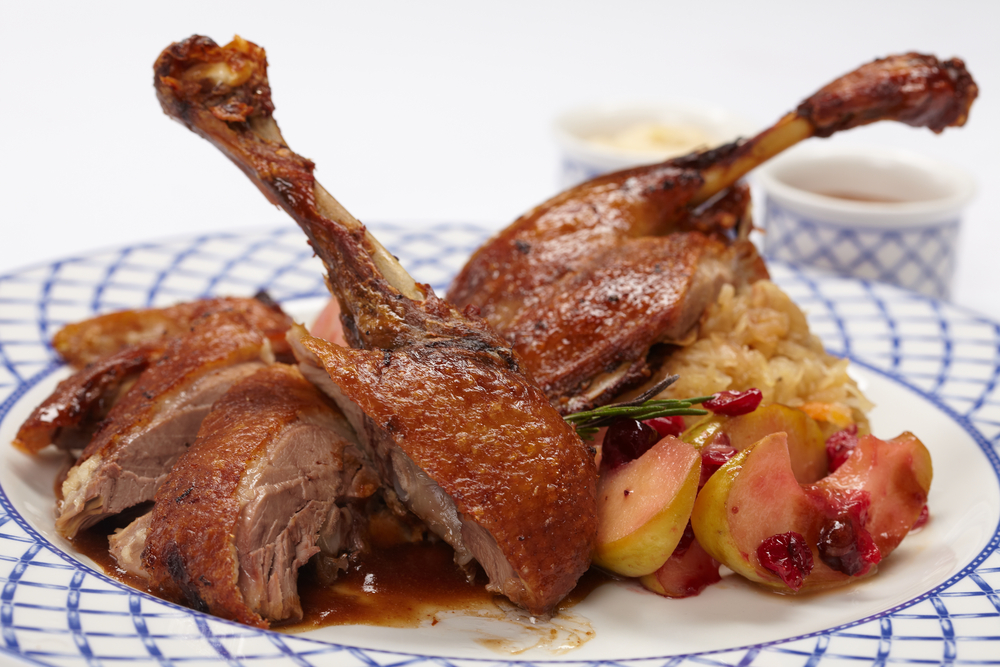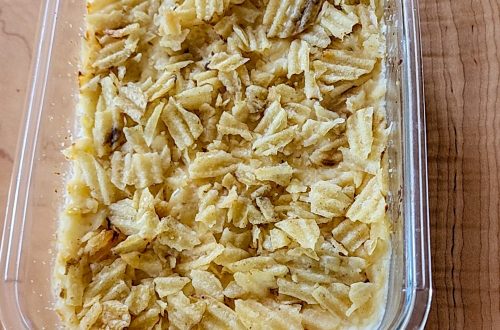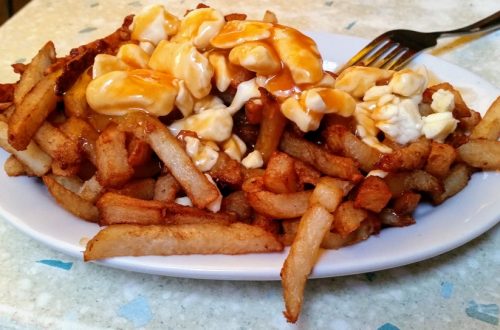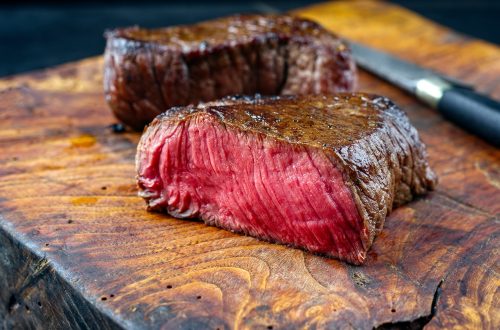
A Fruit Beyond Compear
Most food lovers agree that pears are among the most delicious of fruits. James Beard, for example, proclaims in American Cookery that no fruit rivals the Bartlett pear “except fine strawberries, perfect peaches, and Tilton apricots.” Beard, like many other food observers, opined that a good pear is so delicious that it should be served only sliced, as a dessert, with no further accompaniment.
So why are pears not found on more tables these days? It turns out that it’s not so easy to buy a good pear. The pear’s reputation is somewhat like Longfellow’s poem about the little girl with a curl in the middle of her forehead: “When she was good, she was very, very good. But when she was bad, she was horrid.” The fruit is just plain high maintenance. It seems that the window of opportunity for optimal ripeness is brief, and many shoppers don’t know how to select a ripe pear. And it’s hard to grow a food pear tree from seed because most fruits — especially pears — don’t come true to seed. The best pears come from plants grafted onto other rootstock.
Attaining a buttery texture requires pears to be ripened off the tree until they reach their peak. So, about a decade ago, the Pear Bureau marketers stepped in with an ad campaign urging shoppers to “check the neck.” They instructed people to bring pears home and store them at room temperature. When a pear is ripe, the ads make clear, the stem end yields slightly when applying gentle pressure.
Yet pears have enjoyed a remarkable popular culinary history over the years. Probably originating in the Caucasus along with their apple cousins, they quickly spread around the world. Pears once inspired a Chinese diplomat to give up his livelihood and focus on cultivating them. Pears were common in ancient Greece and appear in Homer’s Odyssey as the “fruit of the gods.” Romans grew at least 40 varieties and probably spread them around Europe.
Pearmania
Not native to North America, pears arrived not long after the arrival of the Massachusetts Bay colonists, who requested pear seeds to be shipped from England in 1629. Pears were cultivated in Massachusetts during the 19th century, and French settlers introduced them to Canada. Dorchester, Massachusetts merchant/farmer Enoch Bartlett brought seedlings of the popular British Williams pear to Boston and marketed the fruit under his own name; that’s where the name “Bartlett pears” originated. In the early 19th century, pears became such as treat for upper-class New Englanders that a “Pearmania” phenomenon broke out. And, of course, I should mention perry or poire. This hard cider, which was first recorded in Roman times, was popularized in 18th-century northern Europe, especially in southwestern England where the climate and soil are most suitable for pear tree cultivation. It certainly had fans in New England.
As for me in the 21st century, I’m interested in how pears can be used beyond desserts, despite the judgement of James Beard. A few years ago, I discovered a mouth-watering and guest-pleasing recipe for duck with pears from northern Spain, where it’s known as pato con peras. It’s a slow-roasted duck served with pears poached in wine until tender, together with a jammy tomato sauce – the pears providing a great flavor balance (sweet vs. umami) to the duck. Well worth the effort. Northern Spain, it turns out, has figured out over the years how to use pears in main dishes, including, for example, pears cooked with sausages or pork or venison.
Pear pairing
Pears pair well with poultry, pork, and strong cheeses. As for main dishes, pears are found frequently in salads and in soups such as New York cookbook writer Erin Gleeson’s butternut squash-pear soup. Mrs. Farmboy composes a salad with arugula in a light vinaigrette topped with sliced Bosc pears, toasted walnuts, and bleu cheese or gorgonzola. U.K. restauranteur Nisha Katona serves a prawn and pear salad with bleu cheese dressing. And what about pear and bleu cheese pizza? You can also find roasted pork with pears and several types of fish with pears.
Once we’ve figured out how to buy and prepare dishes with this fruit, it turns out it’s an ingredient without compare, don’t you think? And perfect for fall eating in whatever form.
From your email, please click on the headline to view the blog and photo on the website. You can log in and comment at the end of the blog to share your thoughts and start a discussion, or suggest a topic for Farmboy in the Kitchen.
If you’d like to share the blog, click on the Facebook icon or one of the others. Thanks!





One Comment
Kendra Larkin
Thanks for another savory post – with history, humor, delightful word play and recipe ideas!